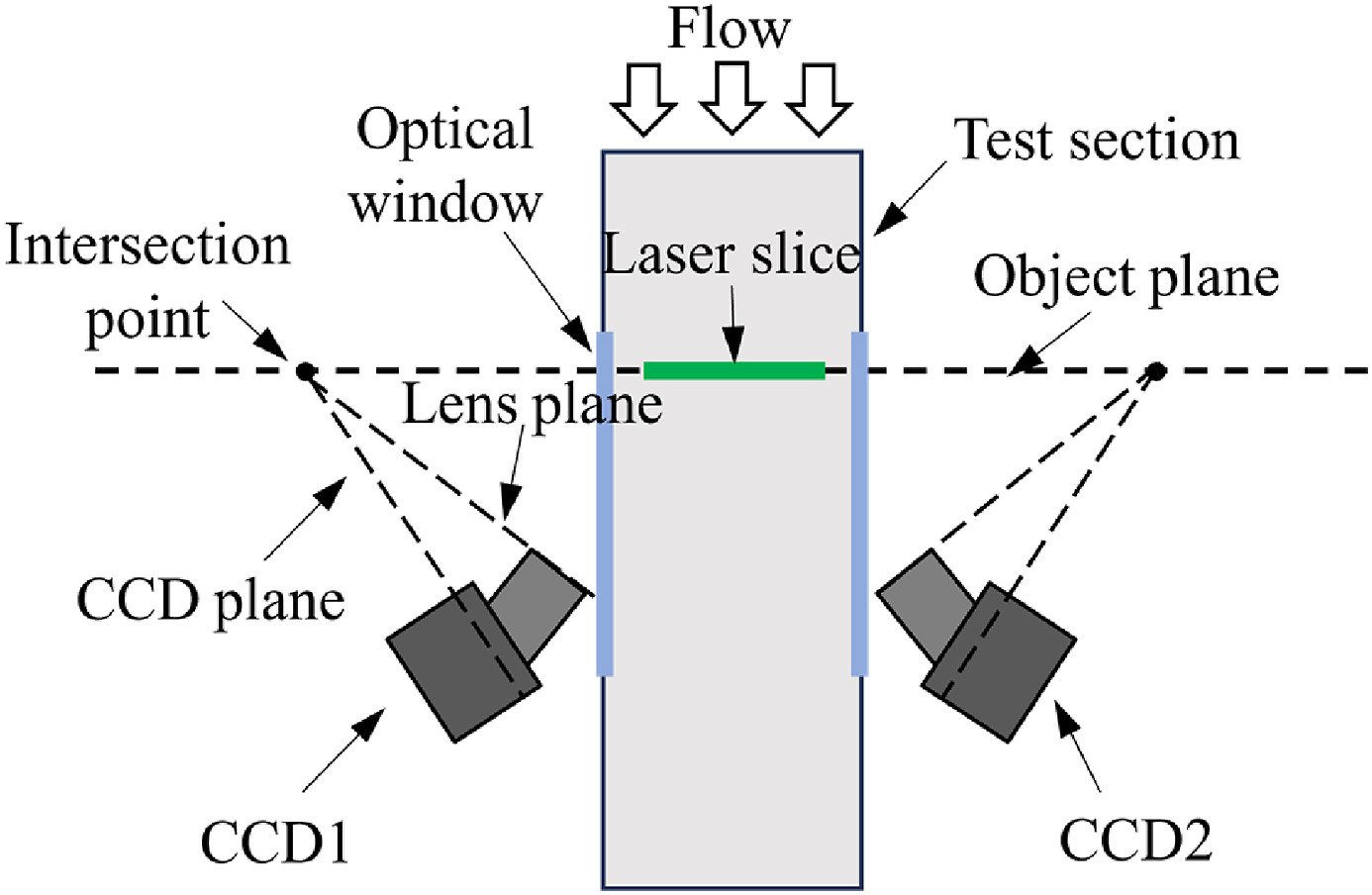
DOI number:10.1016/j.actaastro.2024.02.017
Journal:Acta Astronautica
Abstract:The curved surfaces widely exist in three-dimensional inward-turning inlets and variable sectional isolators, which determine the downstream evolution of the converged flow generated by the crossing shock wave/boundary layer interaction, thereby affecting the start performance and combustion efficiency of the hypersonic vehicles. In this work, the converged flow subjected to the curved surfaces is experimentally studied with the nanoparticle-based planar laser scattering method and particle image velocimetry. Results show that the velocity profiles of the converged flow on the transverse plane can be normalized at different angles. The upstream separation size is found to be decreased by the downstream convex surface due to the reduction of backpressure, especially in large-radius cases, whereas the converged flow gradually becomes smooth ought to the dependence of the acceleration effect on the velocity. The concave surface shows an opposite effect on the converged flow, which further indicates that a downstream convex surface is preferred for hypersonic inlets to weakens the flow non-uniformity to improve the inlet performance.
Co-author:Yu-xin Zhao, Yong-yi Zhou, Gang He
First Author:Yi-long Zhao
Indexed by:Journal paper
Correspondence Author:Li-can Wang
Discipline:Engineering
First-Level Discipline:Aerospace Science and Technology
Document Type:J
Volume:218
Page Number:209-220
Translation or Not:no
Date of Publication:2024-05-01
Included Journals:SCI
Click:
The Last Update Time:..